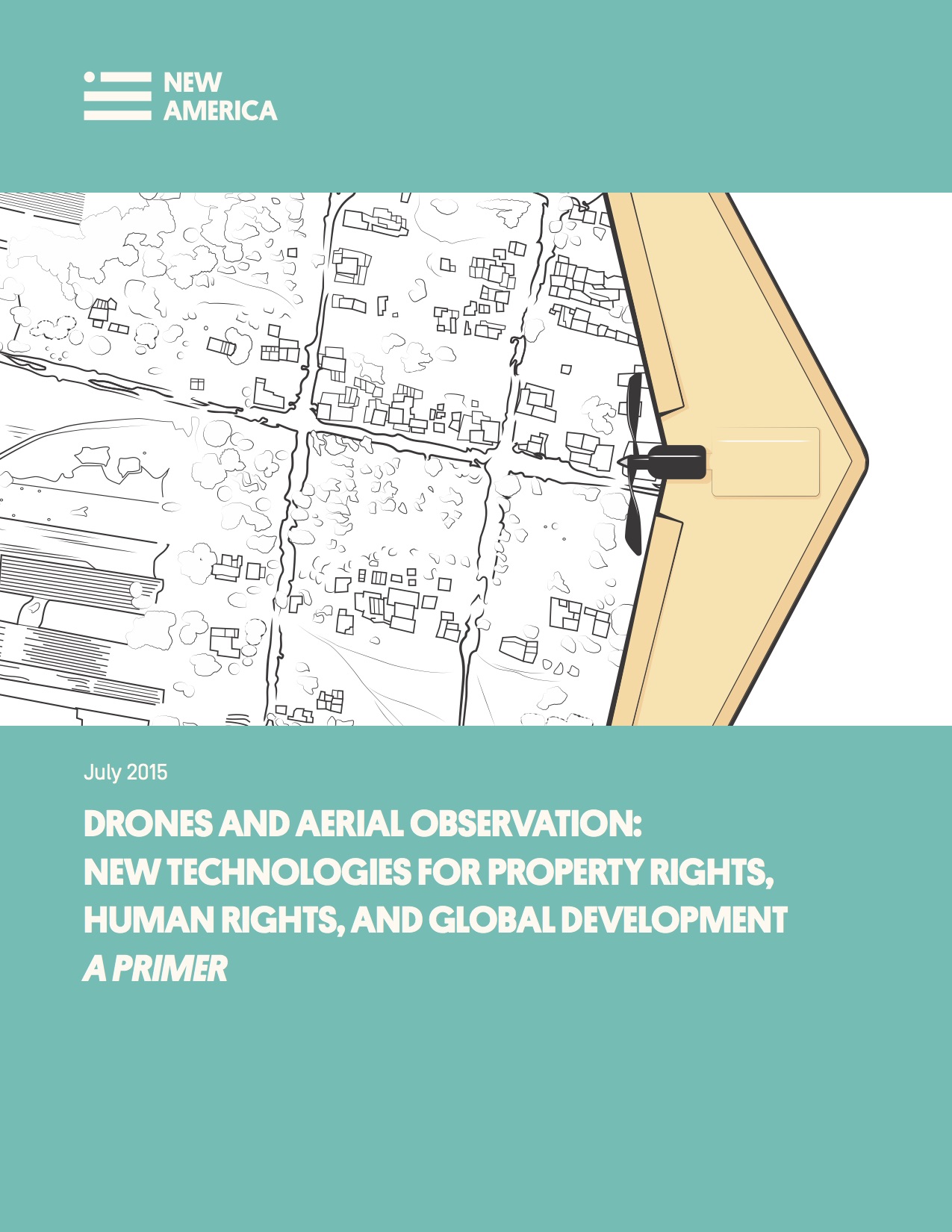Special issue of Nature: “To solve the grand challenges facing society — energy, water, climate, food, health — scientists and social scientists must work together. But research that transcends conventional academic boundaries is harder to fund, do, review and publish — and those who attempt it struggle for recognition and advancement (see World View, page 291). This special issue examines what governments, funders, journals, universities and academics must do to make interdisciplinary work a joy rather than a curse.
A News Feature on page 308 asks where the modern trend for interdisciplinary research came from — and finds answers in the proliferation of disciplines in the twentieth century, followed by increasingly urgent calls to bridge them. An analysis of publishing data explores which fields and countries are embracing interdisciplinary research the most, and what impact such research has (page 306). Onpage 313, Rick Rylance, head of Research Councils UK and himself a researcher with one foot in literature and one in neuroscience, explains why interdisciplinarity will be the focus of a 2015–16 report from the Global Research Council. Around the world, government funding agencies want to know what it is, whether they should they invest in it, whether they are doing so effectively and, if not, what must change.
How can scientists successfully pursue research outside their comfort zone? Some answers come from Rebekah Brown, director of Monash University’s Monash Sustainability Institute in Melbourne, Australia, and her colleagues. They set out five principles for successful interdisciplinary working that they have distilled from years of encouraging researchers of many stripes to seek sustainability solutions (page 315). Similar ideas help scientists, curators and humanities scholars to work together on a collection that includes clay tablets, papyri, manuscripts and e-mail archives at the John Rylands Research Institute in Manchester, UK, reveals its director, Peter Pormann, on page 318.
Finally, on page 319, Clare Pettitt reassesses the multidisciplinary legacy of Richard Francis Burton — Victorian explorer, ethnographer, linguist and enthusiastic amateur natural scientist who got some things very wrong, but contributed vastly to knowledge of other cultures and continents. Today’s would-be interdisciplinary scientists can draw many lessons from those of the past — and can take our polymathy quiz online at nature.com/inter. (Nature special:Interdisciplinarity)

